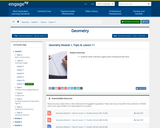
Students write unknown angle proofs involving known facts.
- Subject:
- Math 2
- Mathematics
- Material Type:
- Lesson
- Author:
- EngageNY
- Date Added:
- 02/16/2020

Students write unknown angle proofs involving known facts.
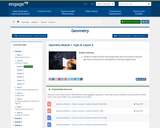
Students review formerly learned geometry facts and practice citing the geometric justifications in anticipation of unknown angle proofs.
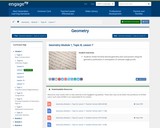
Students review formerly learned geometry facts and practice citing the geometric justifications in anticipation of unknown angle proofs.
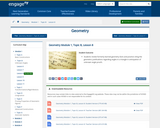
Students review formerly learned geometry facts and practice citing the geometric justifications regarding angles in a triangle in anticipation of unknown angle proofs.
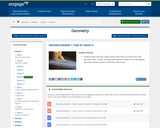
Students write unknown angle proofs, which does not require any new geometric facts. Rather, writing proofs requires students to string together facts they already know to reveal more information.
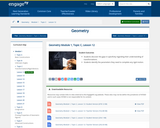
Students discover the gaps in specificity regarding their understanding of transformations.
Students identify the parameters they need to complete any rigid motion.
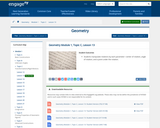
Students manipulate rotations by each parameter—center of rotation, angle of rotation, and a point under the rotation.

Students learn the precise definition of a reflection.
Students construct the line of reflection of a figure and its reflected image. Students construct the image of a figure when provided the line of reflection.

Students learn the relationship between a reflection and a rotation.
Students examine rotational symmetry within an individual figure.
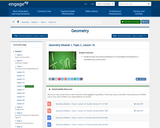
Students learn the precise definition of a translation and perform a translation by construction.
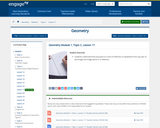
Students understand that any point on a line of reflection is equidistant from any pair of pre-image and image points in a reflection.
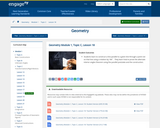
Students learn to construct a line parallel to a given line through a point not on that line using a rotation by 180˚. They learn how to prove the alternate interior angles theorem using the parallel postulate and the construction.
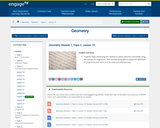
Students begin developing the capacity to speak and write articulately using the concept of congruence. This involves being able to repeat the definition of congruence and use it in an accurate and effective way.
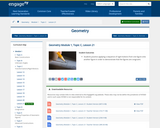
Students practice applying a sequence of rigid motions from one figure onto another figure in order to demonstrate that the figures are congruent.
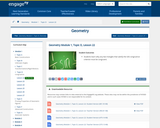
Students learn why any two triangles that satisfy the SAS congruence criterion must be congruent.
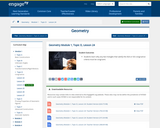
Students learn why any two triangles that satisfy the ASA or SSS congruence criteria must be congruent.
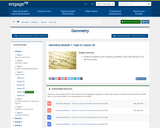
Students complete proofs requiring a synthesis of the skills learned in the last four lessons.
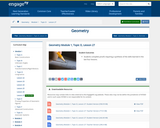
Students complete proofs requiring a synthesis of the skills learned in the last four lessons.
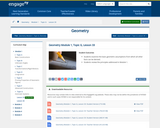
Students examine the basic geometric assumptions from which all other facts can be derived.
Students review the principles addressed in Module 1.
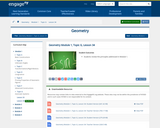
Students review the principles addressed in Module 1.